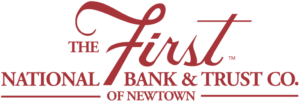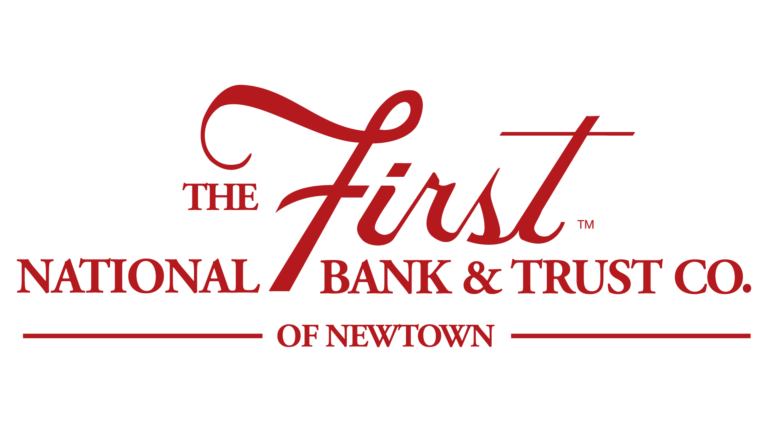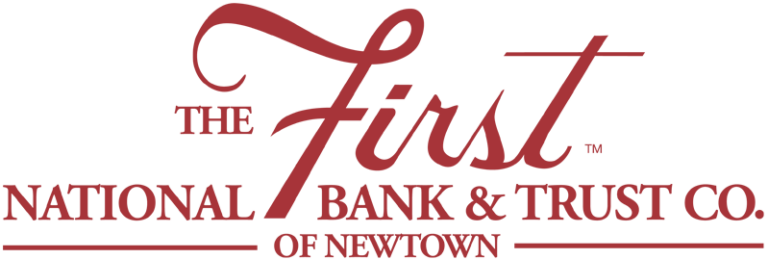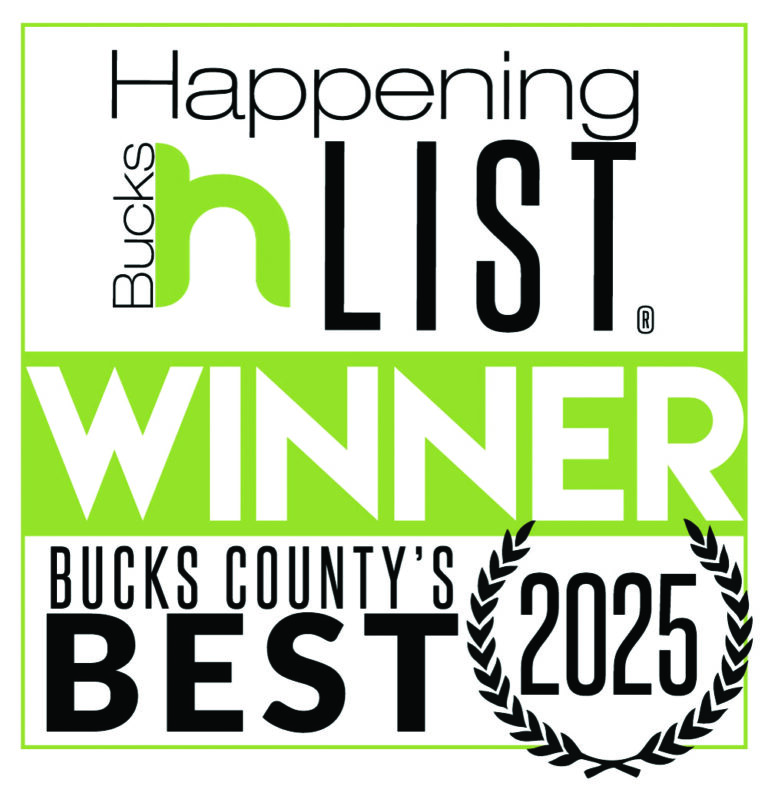The day you brought your baby home from the hospital, financial planning was probably the last thing on your mind. But now that it’s time to put money aside for the future, make saving a family affair by bringing your children into the equation.
Kids
Even the smallest child understands the concept of a piggy bank. The First offers free piggy banks that you can pick up at any of our branch offices. Let little hands drop the coins in one by one. When your child is older, take the piggy bank to the First National Bank and Trust Company of Newtown and open a Kids First savings account. If your child objects to trading this vast personal fortune for a bankbook, explain that the bank is just keeping the money safe and will actually add to it. After establishing an account, let your child enjoy the fun of making future deposits using the Bank’s coin machines.
Tweens
Tweens understand the value of saving on an abstract level, but their reality consists of peers judging them on everything from clothes to smart phones. Try trumping peer pressure with self interest. Show your kids how much their money can grow by using The First’s online calculator. Remind them of long-term goals such as saving for a car or college. Finally, give them the option of spending a small amount of their savings on something they want right now. You’d be surprised how many tweens decide to leave the money where it is.
Teens
Your child is ready to take responsibility for his or her finances, and you’re ready to give it—within reason. Start with a student checking account with a low ATM limit of $200. That savings account you set up for your toddler? When your child turned 18, it morphed into an adult account. Add yourself to this account so you can act as “money police” and monitor your teen’s spending.
Giving your children a strong base for building their financial knowledge is one of the best strategies for ensuring their security later in life. If you have an idea to contribute to this discussion, please leave a comment! We want to hear from you.








